Meta Misconceptions - How to Better Understand the Overwatch Meta
By Cav829 25 Comments
CaptainPlanet over at Overbuff (formerly at Planet Overwatch) writes an Overwatch Meta report on the state of Eleague play that is a great read if you're really into the game. If you’ve ever dabbled in online gaming before, you’ve probably familiar with the concept of “metagaming.” If not, it’s quite simple: metagaming refers to a game’s generally accepted strategy that has been developed by the community outside of the game itself. In the case of class-based games such as MOBAs and shooters, it includes what characters and team compositions become generally accepted by the “pro” community over time. While the vast majority of gamers don’t play at the ELeague skill level, the Meta developed by these players does eventually trickle down to the rest of the player base.
There are pros and cons to players reading into the Meta of a game. On some level, the knowledge developed by pro gamers does help to instruct those of lower skill levels on how to get better at a game. Unfortunately, it also has a lot of side-effects. From “experts” suddenly growing upset if players don’t pick “Meta characters” to players trying to adopt strategies they don’t understand, many learn the wrong lessons from the Meta.. The following is a very quick guide into clearing up some popular misconceptions about Overwatch’s Meta. These are of course my own suggestions. I am not a pro gamer. I am not on a competitive team. Many of you are probably better players than I am.
2 DPS/2 Tank/2 Supports
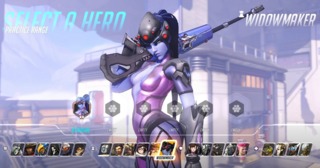
This is the most commonly accepted piece of the Meta that has trickled into every level of play. The general suggestion has been to ignore Blizzard’s categorizations of Attack/Defense/Tank/Support and instead pick based on the roles of DPS, tank, and support. While most get the basic concept, many still don’t get the underlying philosophy of this team comp related to character synergies. You’ll get into a game, your team will pick Genji, Tracer, Roadhog, D.VA, Mercy, and then be yelling at you to take a support while you’re trying to explain to them that this combination probably isn’t going to work, and it will generally get ugly.
To start with, I’m going to reclassify the cast based on role:
- DPS - Soldier 76, McCree, Tracer, Reaper, Pharah, Genji, Bastion, Junkrat, Widowmaker, Roadhog
- Tank - Reinhardt, Zarya, D.VA, Winston, Mei
- Support - Lucio, Mercy, Zenyatta, Ana
Completely out of the Meta: Symmetra and Torbjorn
If you’re a Roadhog player and you’re about to yell at me that you’re a tank, you are not a tank. Roadhog is a DPS “off-tank” at best. If Roadhog attempts to fill the role of a tank and stand in front of your team and soak up damage, he will still die under focus fire no matter how much you heal him while having the side-effect of serving as an Ultimate farmer for your opponents. Simultaneously, Mei is not DPS. If you play Mei as a DPS character, your team will struggle. Mei is a pseudo-tank that creates walls rather than acting as one.
You can additionally break each of these roles down further. Tracer, Genji, and Reaper are flankers, while McCree, Soldier 76, and Widowmaker are long-range hitscan characters. Tanks fall into “tank” and “off-tank.” Finally, supports fall into roles of “primary healer” and “DPS/healer hybrid.”
As you’ll notice, there are a lot of DPS options here. This is one of the reasons many on this list are ranked low or have fallen out of the Meta. Your team composition is typically built around your DPS picks. It is difficult for instance to pair a Mercy with a flanker like Genji or Tracer. In addition, if you pick 2 DPS flankers, your back lines are vulnerable to the other team’s flankers. Outside of Control maps, you typically want one flanker and one hitscan or projectile DPS.
You need a primary tank, which unfortunately is a role limited to Reinhardt and Zarya right now (Blizzard desperately needs a third tank to break up the staleness of this role right now). There are different options for the “off-tank” role. D.VA and Winston are divers/flankers, though D.VA can fill multiple roles. Mei can offer your Reinhardt a reprieve to recharge his shield, help divide teams with carefully placed ice walls, delay point captures with her healing, and has an ultimate ability that can completely shut down capturing a point. Finally, Roadhog fits in the role of pure power. He probably needs to be paired with a Reinhardt in higher level competitive play and is more meant for Defense and Control.
And then there’s support. Here’s the short version: you need a primary healer (Mercy or Lucio) and a hybrid support (Zenyatta or Ana). If you pair Mercy with Lucio, your team likely lacks enough damage potential. If you pick Zenyatta and Ana, that might work a little bit better, but you’ll still struggle to provide consistent healing.
McCree vs. Soldier 76
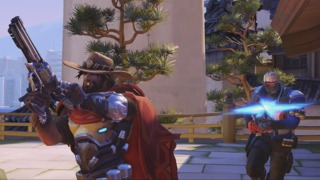
This is the most commonly misunderstood piece of the Meta right now. Players look at the Meta report, see McCree near the top every week, and are then convinced they need to play him. The reality is McCree’s effectiveness is only realized in the hands of a player with high accuracy. Think of it this way: if Soldier 76 is the game’s Call of Duty character, McCree is from Counter-Strike. For every good Counter-Strike player, there are ten good Call of Duty players.
The simple reality is most players would be better off picking Soldier 76. He’s more forgiving, has a better overall kit, and his Ultimate is generally better. McCree’s kit is actually considered one of the weaker in the game right now with his Flashbang being the one standout . His value comes when you start hitting half your shots and can consistently pull off headshots. Only then does his DPS actually become worth the tradeoff of Soldier’s versatility.
Why some characters aren’t in the Meta, or “Please stop picking Junkrat on attack; you’re making your teammates want to kill themselves”
Going back to what was mentioned earlier, the DPS bucket currently has nine or ten options depending where you want to put Roadhog. There are two slots on a team for DPS picks in the most commonly accepted team comp. Simple math demands that certain characters in this group are not going to receive much play at any given point in time.
To start with, Blizzard’s initial attempt to create a “Defense” class has been ineffective. Snipers in general have not been in the Meta for a while as they can’t easily contest points and offer more inconsistent DPS production. Or the game’s two snipers, Hanzo is currently more viable as Widowmaker’s scope takes too long to come up to be effective in peek battles. However, the consistent DPS production of a hitscan character like McCree is generally going to win you more games than the occasional Hanzo hot streaks.
Bastion has always been the newbie bane of Overwatch, but is a sitting duck against a more experienced team. Unless protected by a Reinhardt shield, he’ll get decimated by long-range characters or a Genji or Reaper flanking him. Then there’s poor Pharah. Changes to McCree and the rise of Zenyatta’s Discord Orb pushed her out of the Meta until the most recent patch.
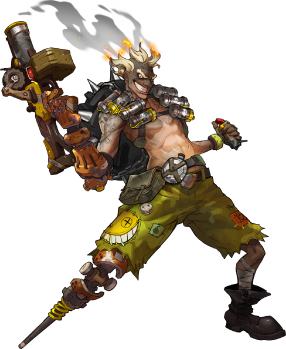
Finally, there’s Junkrat. If bad Hanzos were the bane of season 1, Junkrat is the villain of season 2. Despite Junkrat never enjoying success in the Meta, he is as of this writing the tenth most-selected character in competitive play. Unfortunately, many players consistently get the Gold Medal for damage and assume they’re playing well. In reality, Junkrat is the king of trash damage. His damage often isn’t actually leading to frags, and while it might charge his Ultimate faster, it is simultaneously charging the Ultimates of the other team’s supports who have better Ultimates. More importantly, trying to work Junkrat into a team comp is extremely difficult. He’s basically a DPS character, but he’s slow, struggles to target many characters, and needs to be babysat as he’s possibly even more vulnerable to flankers than some supports.
This all being said, at the Gold and Platinum level, these characters have value if properly utilized. Pharah is a perfectly fine pick so long as the other team hasn’t picked multiple of McCree/Soldier 76/Hanzo/Ana/Widowmaker. “Desperation Bastion” can actually buy time if deployed at the right moment. Even Junkrat has his uses. However, before picking these characters, you need to learn when to use them and when to switch off of them. You might pick Junkrat at the start of a competitive match thinking, hey, I’m not that good, but at least I can lob grenades and quickly drop Reinhardt’s shield. But your pick is a bit selfish, as now your team has to work around you by either giving you one of the valuable DPS slots or having to give up a healer or tank to make things work.
As a final note on this subject, Torbjorn and Symmetra are essentially “builders,” which is a role that hasn’t found success to date in Overwatch. Symmetra does have some small value on point A defense on some maps, but you have got to talk it out with your team before you pick her and be ready to switch off of her as soon as you lose the first point. Please don’t pick Torbjorn in competitive play. Your teammates will thank you.
The reasons you’re losing probably aren’t Character-specific
The final thing I want to say about understanding the Meta is that there is more to it than just character selection. In most situations, teams struggle because of poor fundamentals. The most common reasons I see teams lose are:
- Team composition is poor and characters don’t synergize well
- A player takes a high-skill character they’re ill-equipped to play
- The team fails to protect supports
- The team utilizes poor positioning throughout the match
- Teammates fail to take advantage of focus fire opportunities
- Players constantly trickle in rather than engaging as a group
- Teams make poor use of their Ultimates
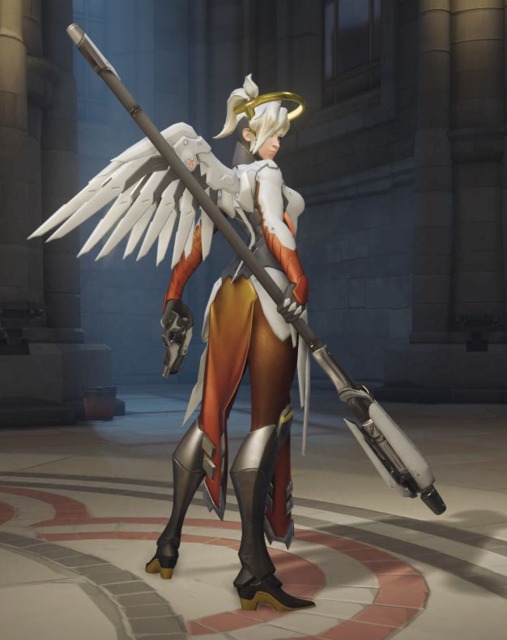
Only a few items on this list involve character selection. For every team that loses because of poor team composition, I will show you two or more that lose because they let their supports get relentlessly divebombed the entire game. By all means, understand what characters the Meta suggests and incorporate it into your game, but don’t just assume your team needs a Genji because that’s what the pro team would use in a particular spot. Don’t force someone to play a Zarya you don’t know how to play. There are still strategies that work on the Gold/Platinum level that don’t work beyond that. Don’t justify your terrible Hanzo this way of course, but if you are legitimately good as him, and be honest with yourself if you are or not (i.e. Gold Damage because you fired into Reinhardt’s shield all game means nothing), pick him. Just maybe warn your team ahead so they don’t hate you.
I hope this was of use. Please feel free to drop me any questions or leave any comments below. If you’ve found this of value, let me know! I may yet write what amounts to an intermediate guide to support play in Overwatch If others find this of use.

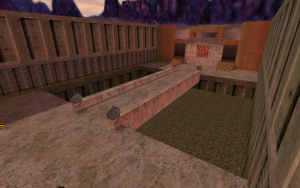



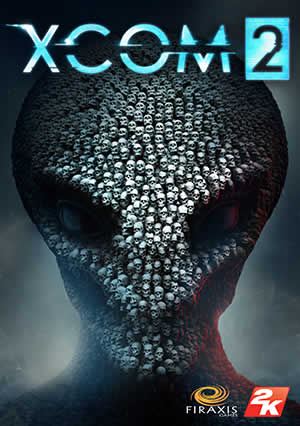
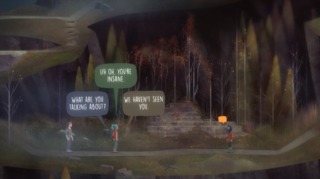
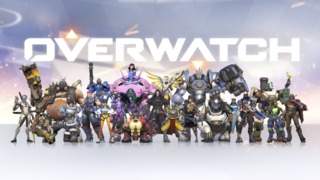
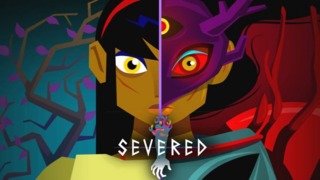
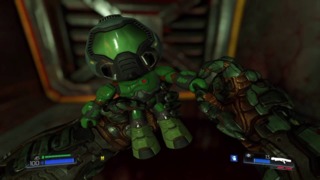
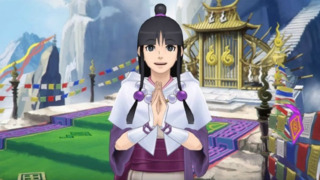





Log in to comment